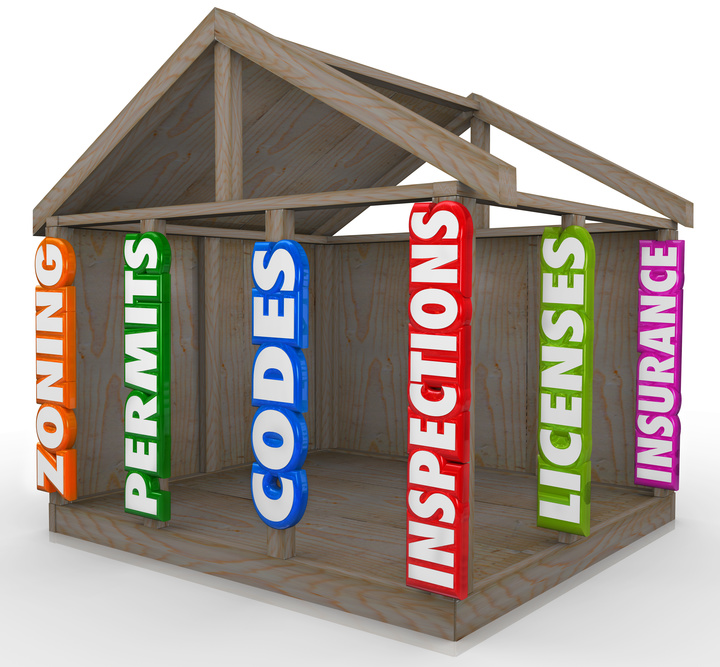Getting a building permit is among the top things people complain about when planning a building or remodeling project. It’s understandable: permits are sometimes a pain to get, they cost money, and they slow things down just when you’re eager to start on your project.
It can be tempting to sidestep the whole permitting process, especially if you’re making what seems to be a small upgrade or change.
Don’t do it.
And if an architect or contractor encourages you to skip a permit, tell them, “Thanks, but no thanks.”
Why Should I Get a Building Permit?
To save money
The first step in getting a building permit is submitting your plans to the county or city agency responsible for issuing permits so staff can review them to make sure they follow the laws and codes in your area.
This acts as a final check that can catch potential problems before construction starts, when it’s least expensive to fix them.
Also, if you’re caught, fines for failing to get a permit can be high.
To protect your investment
Insurance companies may refuse to pay claims on buildings without proper permits. If your house burns down, for example, you can bet your insurer will check to make sure your electrical system was up to code. If you don’t have the permits to prove it, you may be out of luck.
Because only a licensed, insured contractor can get a building permit in his or her name, the permitting process can protect you from some risks associated with using unlicensed contractors should things go wrong with the building or if the contractor or one of his employees is injured on the job.
If your contractor wants you to get the permit yourself, it may mean that he or she doesn’t have the proper license or insurance to do the work you’re hiring them for. It also means that you have little or no recourse if code-related problems arise later from the contractor’s work.
To make sure your contractor is up to snuff
In addition to helping ensure your contractor is properly licensed, the permitting process acts as a basic quality check on his or her work.
The inspections required for some permits can make sure the work done meets safety standards and is up to code.
To make selling your home easier
When you’re ready to sell your home, having all your permits in place can smooth the process. It can help avoid those last-minute questions that pop up when the required inspections take place.
Haggling with potential buyers over who is responsible for getting and paying for a retroactive permit – or bringing a building up to code – can cost you time and money.
To create better neighborhoods
The permitting process acts as a check on what neighbors can and can’t do that might affect the whole neighborhood:
- It enforces property boundaries
- It preserves certain aspects of properties, such as views and sightlines
- It prevents the creation of safety hazards that can threaten the neighborhood
- It regulates noise and other nuisances associated with building
Can I Do Anything Without a Building Permit?
Yes!
It will depend on your city and county, but here’s a partial list of things you can do in Marin without a permit (check the County of Marin website for details):
- Some one-story detached tool or storage sheds
- Some one-story detached playhouses
- Fences under 6 feet high
- Some water tanks with a capacity of less than 5,000 gallons
- Some sidewalks and driveways
- Painting
- Wallpapering
- Tiling
- Carpeting
- Counters
- Cabinets
Final Words on Building Permits
As an architect with more than 30 years of experience, I strongly advise everyone to get the right building permits when doing a building or renovation project, whether you’re doing the work yourself or hiring professionals.
If you work with an architect or contractor, he or she should be able to advise you on permitting for your job, including what permits you need, how long it will take, and how much it will cost.
This post first ran in 2017.


